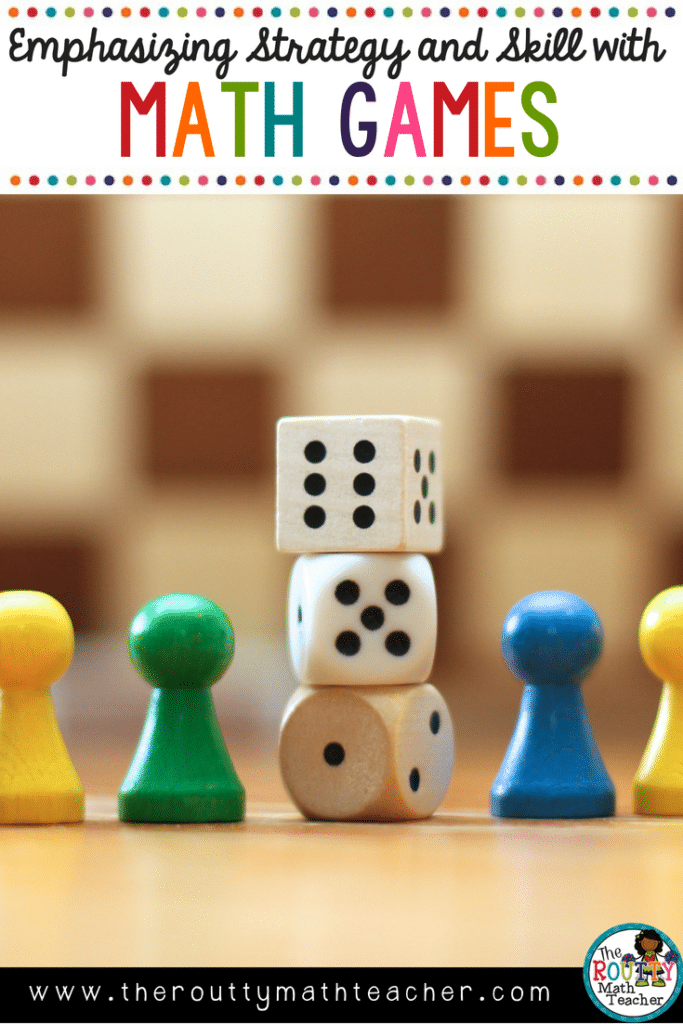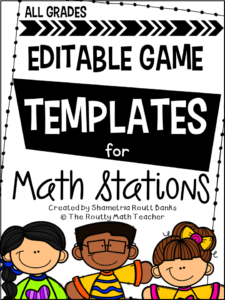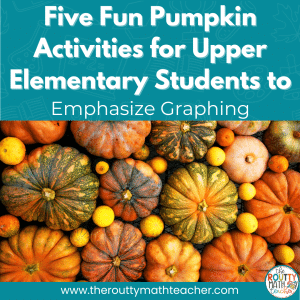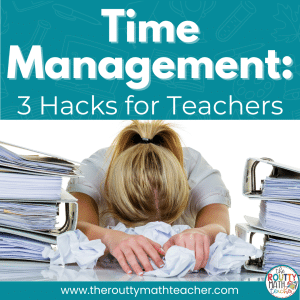
Emphasizing Strategy and Skill with Math Games
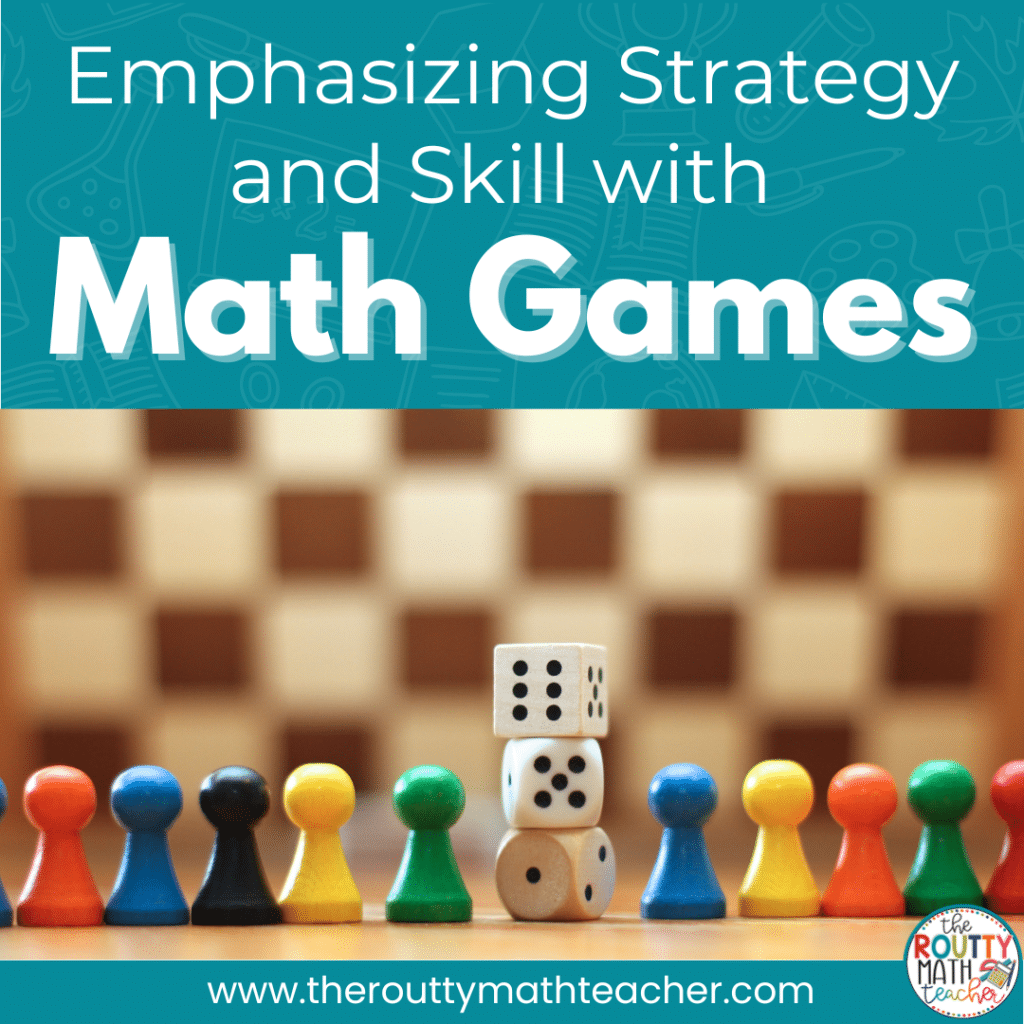
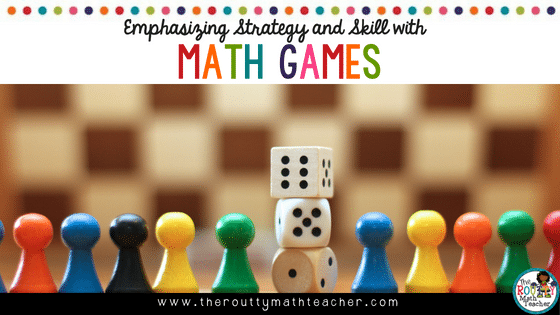
If you’ve been a reader of this blog for a while, you know that I love to engage my students with math games. Besides being fun and engaging, games provide an opportunity to reinforce grade-level content and skills in a non-routine way, especially when we do something with the learning beyond just playing the game. When we use games to emphasize skill and strategy, they become stronger learning tools. With this idea in mind, in today’s post, I’m sharing three ways games can be used to enrich your curriculum.
- Encourage Strategic Thinking via Math Talk: Begin your lesson with a game to engage your students right from the start. Engagement games include those that have opportunities to prepare students for the upcoming lesson. For example, if we are working on adding decimals, I might give the students a die and have them record an addition number sentence with two sets of the following: zero, a decimal point, and two squares. Then students roll the die five times and fill in the boxes to try to achieve a sum as close to one whole as possible. (For this game, students get to decide where to place each digit they roll and have the opportunity to discard one roll.) After students have time to experience the game, we then have a discussion about strategy, which ultimately leads to a discussion about what it means to be “close to one.” I might ask questions such as, “How did you decide where to place the digits you rolled? Does it matter?” “Is there a difference between where you place a low number versus a high number? Explain.” “How did you decide which number to discard?” “What’s your overall strategy?”
- Build Math Fluency: I often have teachers ask me how to build fact fluency. It starts with teaching strategies to help students become proficient with their facts, but then you must practice, practice, practice. Games like Connect Four, Connect Five, and Salute provide opportunities for students to practice math facts and take a mental break from the lesson at the same time as I often insert them for a quick state change during a lesson. With the right routines in place, we can set-up, play, and clean-up a game in ten minutes or less.
- Review Skills: Include games in your math station rotations. This is a perfect opportunity to pull-out games with which the students are familiar and include them as a station task. I love re-using my games this way. Often times, my students do not get the full experience of the game the first time they play it, so using it during math stations gives them another opportunity to experience it.
Try recycling some of your old games and give them a new purpose by using one of the ideas above. Need more game ideas? Don’t underestimate what you can do with dice, a deck of cards, and a set of dominoes. These are great staples for playing games in the classroom! Check out these games that use these staple items from my Math Games Pinterest page. Happy Gaming!
Want to make your own games? Grab my “Editable Game Templates for Math Stations” pack here or click on the image below!
Sound Off! How do you use math games in your classroom?
